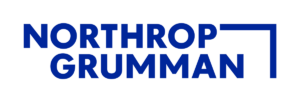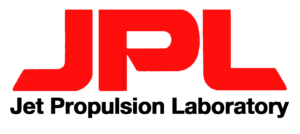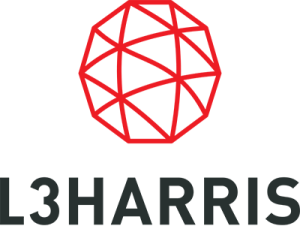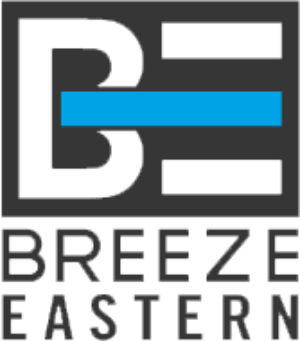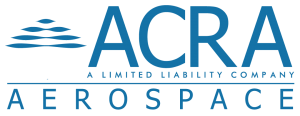How to Coach Yourself

For many years, executive coaching has been a viable way for anyone, but especially for business executives, to improve their performance, productivity, job satisfaction and overall happiness. For some people, coaching is beyond their financial reach, and for others, the coaching relationship might seem intimidating or uncomfortable. Coaching does work, and the vast majority of people who get competent personal coaches do experience improvements in key areas. Here is a peak behind the curtain, to how coaching actually works, and how you might be able to do your own coaching. Coaching typically looks at the current state and a future state, and what it would take to move from one to the other. Coaches vary in their approach, but most would look at these 7 spheres of human experience:
Family, Relationships, Work, Leisure Time, Physical, Emotional, Spiritual.
A coach will often ask you to rate your current status in each category. For example, if you were happy with your family situation, and things were relatively stable, you might rate “Family” a 9 or 10. On the other hand, if you were recently divorced and struggling with family dynamics, you might rate it a 1 or 2. Same goes for all the other categories. Some categories might be much more important to you than to other people, and some might not be important at all. You might be focused on improving your job and reducing stress (working on the categories of work / emotional / leisure time), and the person in the next office may be focused on family and spiritual.
Once you’ve rated all 7 areas, decide in which ones you desire the greatest movement. You should pick no more than 3 areas at one time, and you decide the priority.
Then, for a priority area, define the outcome you desire. For example, in the work area, your desired outcome might be: “Get a better paying more responsible job within the next 6 months,” or, “Obtain a good review at my current job and define next step promotional opportunities.” After you know the outcome, define the action steps – what you can accomplish within the next 30-60 days. For a job hunt, a good 30-day action plan might be:
- Upgrade my LinkedIn Profile page – increase contacts, increase groups, increase job keywords
- Research 50 companies I would want to work for
- Make a list of contacts at targeted companies
- Attend one high level industry networking event
Make sure that you recognize the difference between an outcome and an action plan. The outcome is the destination. The actions are the steps it takes to reach the destination.
Important tips: Set very realistic goals. Celebrate successes. Enlist allies (spouse, co-workers, friends) and tell them what you are trying to do. Stick to it! (That’s what your coach would say!)





